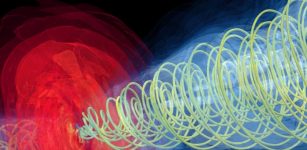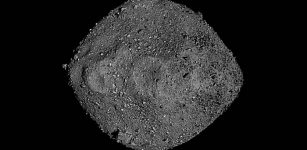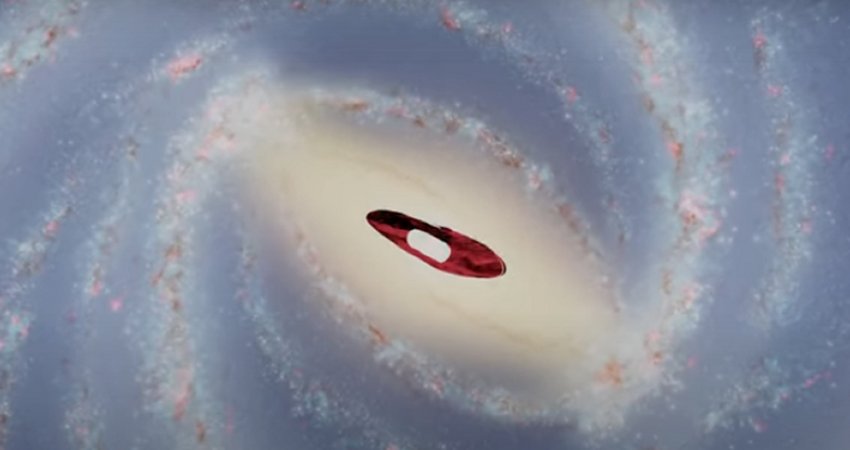Thick Disk Of Milky Way Is About 10 Billion Years Old – New Research
Eddie Gonzales Jr. – MessageToEagle.com – A team of scientists led by researchers from Australia’s ARC Centre of Excellence for All-Sky Astrophysics in Three Dimensions (ASTRO-3D) used data from the now-defunct probe to calculate that the disc is about 10 billion years old.
“This finding clears up a mystery,” says lead author Dr Sanjib Sharma from ASTRO-3D and Australia’s University of Sydney.
 The heart of the Milky Way. Image credit: Y. Beletsky (LCO)/ESO
The heart of the Milky Way. Image credit: Y. Beletsky (LCO)/ESO
“Earlier data about the age distribution of stars in the disc didn’t agree with the models constructed to describe it, but no one knew where the error lay – in the data or the models. Now we’re pretty sure we’ve found it.”
The Milky Way-like many other spiral galaxies – consists of two disc-like structures, known as thick and thin. The thick disc contains only about 20 percent of the Galaxy’s total stars, and, based on its vertical puffiness and composition, is thought to be the older of the pair.
To find out just how old is disc, Dr. Sharma and colleagues used a method known as asteroseismology – a way of identifying the internal structures of stars by measuring their oscillations from starquakes.
“The quakes generate soundwaves inside the stars that make them ring, or vibrate,” explains co-author Associate Professor Dennis Stello from ASTRO-3D and the University of New South Wales.
“The frequencies produced tell us things about the stars’ internal properties, including their age. It’s a bit like identifying a violin as a Stradivarius by listening to the sound it makes.”
This age-dating allows researchers to essentially look back in time and discern the period in the Universe’s history when the Milky Way formed; a practice known as Galactic-archaeology.
Now, researchers look for how the internal movement is reflected in changes to brightness.
“Stars are just spherical instruments full of gas,” says Sharma, “but their vibrations are tiny, so we have to look very carefully. The exquisite brightness measurements made by Kepler were ideal for that. The telescope was so sensitive it would have been able to detect the dimming of a car headlight as a flea walked across it.”
Read more – here.
Research is published in the journal Monthly Notices of the Royal Astronomical Society.
Written by Eddie Gonzales Jr. – MessageToEagle.com Staff










